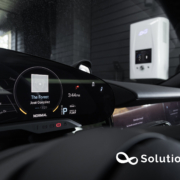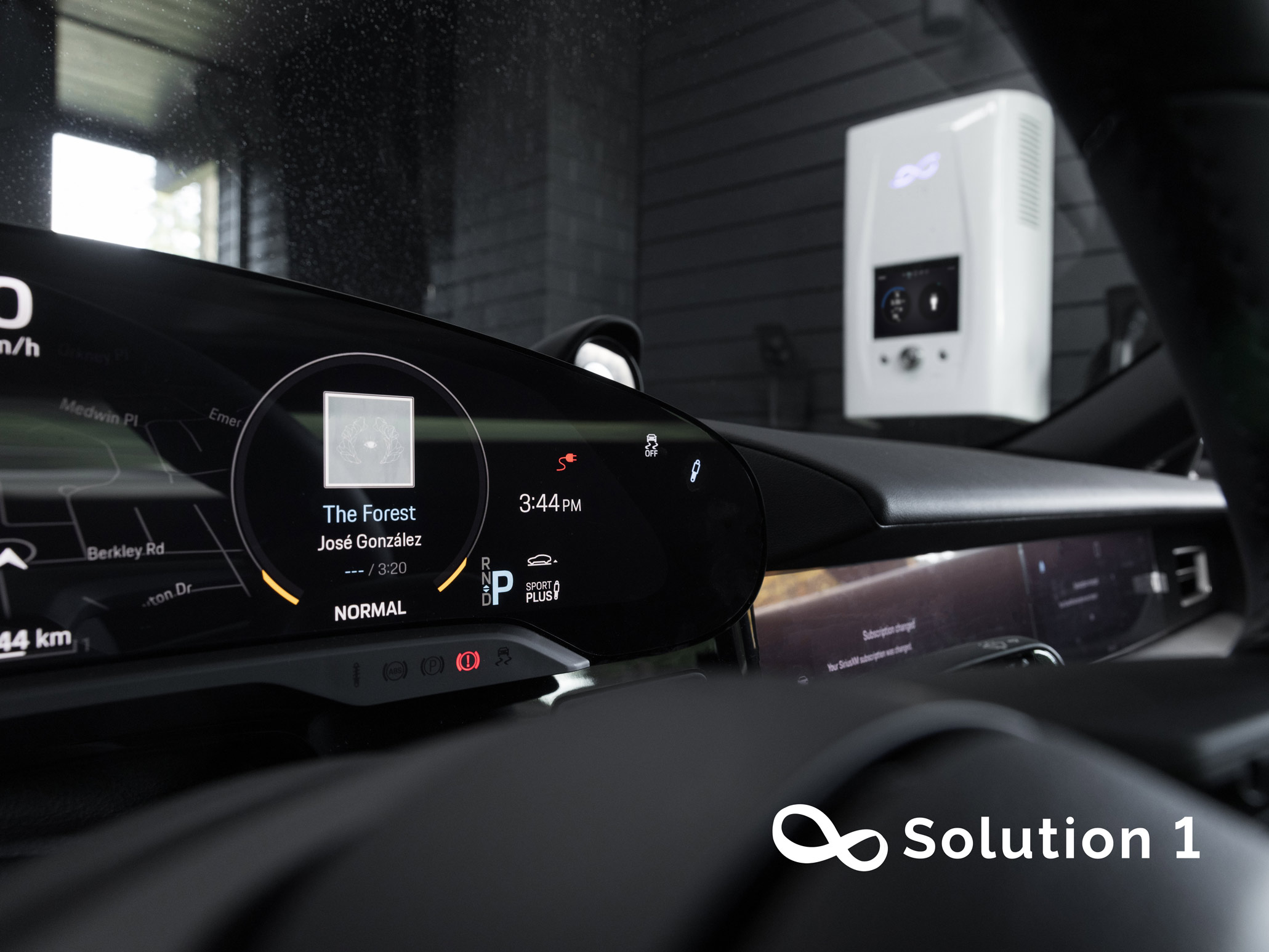Vehicle-to-Grid technology could reduce fossil fuel generation by 76% in Germany by 2040.
The potential of vehicle to grid highlights something else about how auto marketing is changing. Nowadays, electric vehicles can push power from the battery back up to the electrical grid or to a home, and potentially be compensated for that service.
A recent BNEF study on the technology found that if half of all cars in Germany were EVs and were providing 10 kilowatt hours per day, it could reduce the amount of power generation from fossil fuels needed by 76% by 2040.
The average duration over which electric vehicles are used as a transportation instrument is only about 5%, which is comprised mostly of commuting during the weekdays and traveling during the weekends. Therefore, for the remaining 95% of their time, electric vehicles can be utilized for other purposes by tapping into their batteries and communication capabilities, which forms the basis for the vehicle-to-grid concept. The IEA has predicted that the demand for electric vehicles charging in 2030 under a sustainable development scenario can reach about 1000 TWh. This demand is primarily expected to spring from regions like China, the USA, Europe, India, and Japan. This charging demand makes up about 2% and 6% of the total electricity demand in Japan and Europe, respectively.
In a conventional charging system, electric vehicle charging is performed in a uni-directional mode, in which the electricity only flows from the charger to the electric vehicle battery, but not in the reverse direction. This uni-directional charging could lead to uncoordinated charging, resulting in an unpredicted, fluctuating, and concentrated electricity demand at some point in time. Managing the charging patterns of electric vehicles is considered a crucial step for the penetration of electric vehicles in the global markets since it strongly affects the quality of transmission through the electrical grids.
The IEA has also predicted that in 2030, there will be a significant rise in electricity demand, especially during the evening hours while attributing this spike in demand to the unmanaged and concentrated electric vehicles charging. This demand is estimated to be around 5.5% for the US, 6.5% for the EU, and 9.5% for China.
Furthermore, through appropriate management and control, it is possible to tap into the massive battery reserves of electric vehicles for utilization in other secondary applications, especially when electric vehicles are connected to the electrical grid. The term vehicle-grid integration is a broader term or a concept that hints at a possible synergistic utilization of both the grid-to-vehicle and vehicle-to-grid systems. While the former refers to the flow of electricity from the grid to electric vehicles, while the latter facilitates the flow of electricity from electric vehicles to the grid.
It is also helpful to note at this point that vehicle-to-grid as a term has been used synonymously with that of vehicle-grid integration to mean the flow of electricity in both directions. That being said, not only can a system like that of vehicle-grid integration bring down the load to the grid that might arise due to a higher charging demand created by the electric vehicles at a particular point in time, but it also positively supports the grid by effectively controlling both the charging and discharging behaviors.





